Alfabin™: The Purest Form of Rauwolscine Found in Project M777
If you're on the hunt for the next-level edge in your training, chances are you’ve come across Rauwolscine—a powerful stimulant and alpha-2 antagonist often used for its fat-burning, energy-boosting effects. But not all Rauwolscine is created equal.
Introducing Alfabin™: the trademarked, ultra-pure form of Rauwolscine featured exclusively in Project M777, the elite pre-workout formula by UXO Supplements. No other pre-workout on the market is currently using this premium-grade extract. If you're serious about focus, energy, and thermogenic power, here’s why Alfabin™ deserves your attention..
What is Rauwolscine?
Rauwolscine (also known as alpha-yohimbine) is a compound extracted from the Rauwolfia serpentina plant. It’s structurally similar to Yohimbine, but it’s far more potent—and cleaner in its effects.
As an alpha-2 adrenergic receptor antagonist, Rauwolscine helps increase norepinephrine levels in the body, which:
- Enhances fat mobilization
- Increases alertness and energy
- Supports mood and motivation
- Acts as a mild appetite suppressant
However, raw Rauwolscine extracts can vary significantly in purity and potency—leading to inconsistent results, and sometimes unwanted side effects like anxiety or jitteriness.
Why Alfabin™ is Different
Alfabin™ isn’t just Rauwolscine. It’s the cleanest, most refined form available—standardized for consistency, efficacy, and purity.
Unlike generic Rauwolscine extracts, Alfabin™ is:
- Purified for maximum effectiveness
- Clinically consistent, meaning every dose hits the same
- Less prone to side effects thanks to reduced impurities
- Exclusively found in Project M777
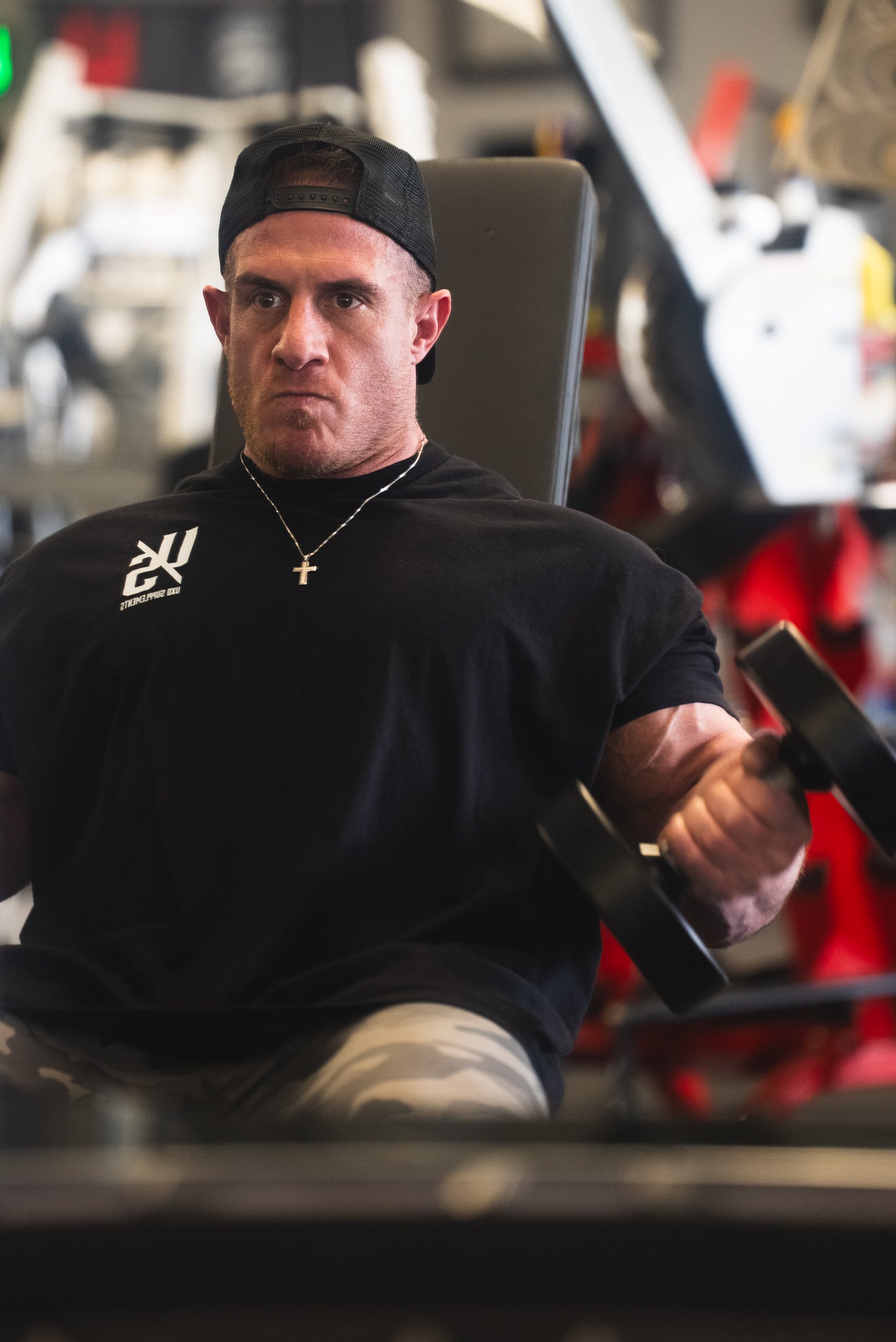
The Benefits of Alfabin™ in Project M777
When paired with the full performance matrix of Project M777, Alfabin™ delivers a synergistic edge that hits harder, lasts longer, and helps you stay dialed in from first rep to final set. Here's what to expect:
🔥 Intense Thermogenic Effect
Alfabin™ increases core temperature and ramps up fat oxidation, helping you burn more calories during workouts—especially in fasted states.
⚡ Clean, Sustained Energy
No harsh crashes. The stimulant synergy in M777—with natural caffeine and extended-release stimulants—ensures Alfabin™ gives you smooth, sustained alertness and drive.
🧠 Laser-Like Focus
By elevating norepinephrine and dopamine activity, Alfabin™ enhances mental clarity, alertness, and motivation, helping you get locked into your training.
❌ Appetite Suppression
Alfabin™ can blunt hunger, making it ideal for cutting phases or morning training when you don’t want food weighing you down.
How Alfabin™ Feels in the Gym
Most users report:
- An intense "tunnel vision" focus
- Elevated heart rate and clear energy
- Sweating and thermogenic warmth
- Slight appetite suppression post-dose
- Better performance, endurance, and aggression in the gym
If you've used pre-workouts before and felt “flat” or under-stimulated, the addition of Alfabin™ in Project M777 is a game changer.
Why You Won’t Find This Elsewhere
Here’s the truth: most pre-workouts cut corners. They use cheap extracts, outdated ingredient combos, or hide behind proprietary blends.
At UXO Supplements, we’re built different. We don’t follow trends—we lead with transparency, efficacy, and innovation. Alfabin™ is proof of that commitment. And right now, Project M777 is the one of the few pre-workouts on the market using this trademarked, cutting-edge form of Rauwolscine.
Final Thoughts: Is Alfabin™ Right for You?
If you want a pre-workout that delivers clean aggression, relentless energy, and unmatched thermogenic drive, Alfabin™ in Project M777 is for you.
This isn’t your average gym stim. It’s performance-grade, combat-tested, and veteran-formulated. It’s built for those chasing more than a pump—it’s for those building dominance.


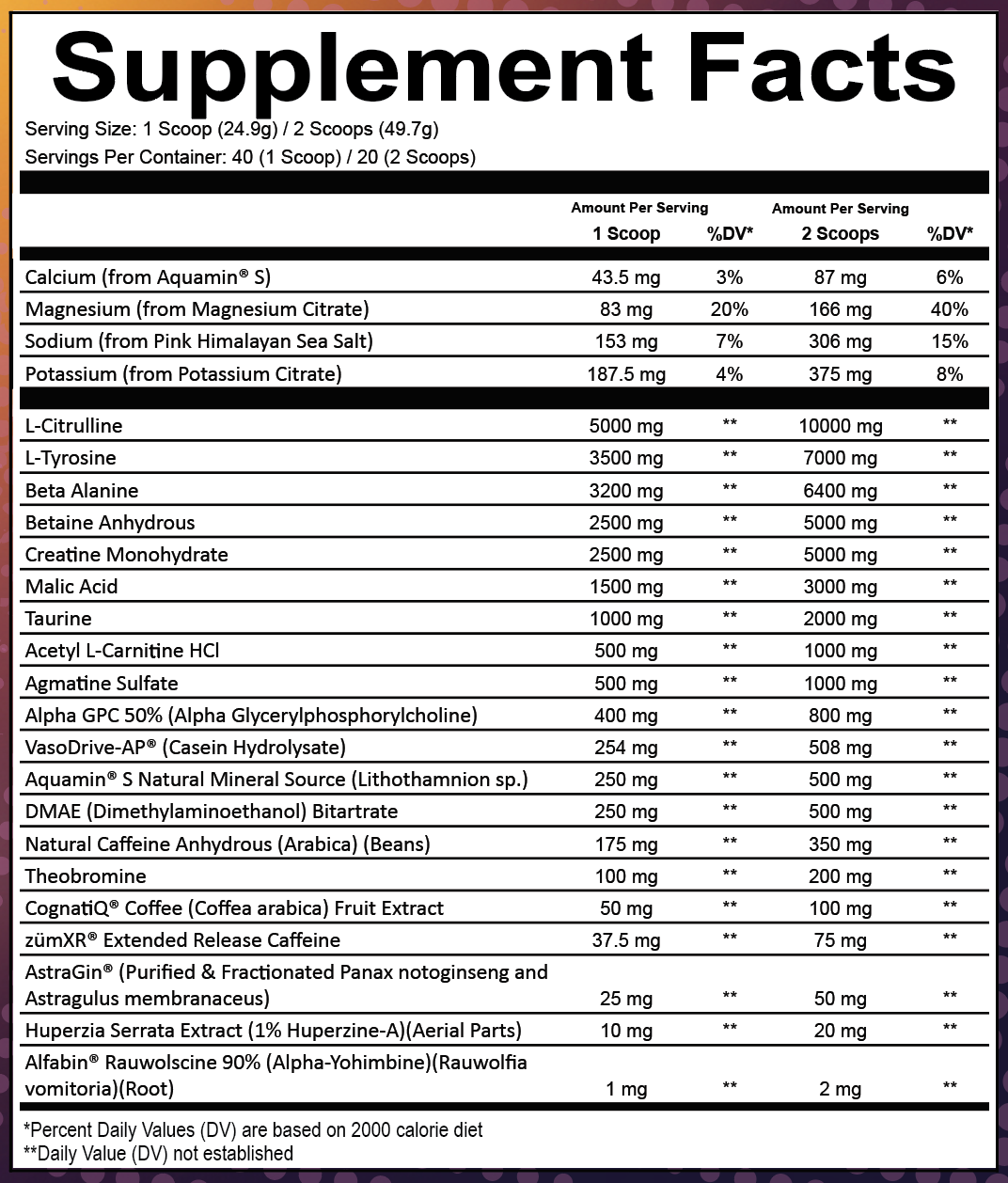

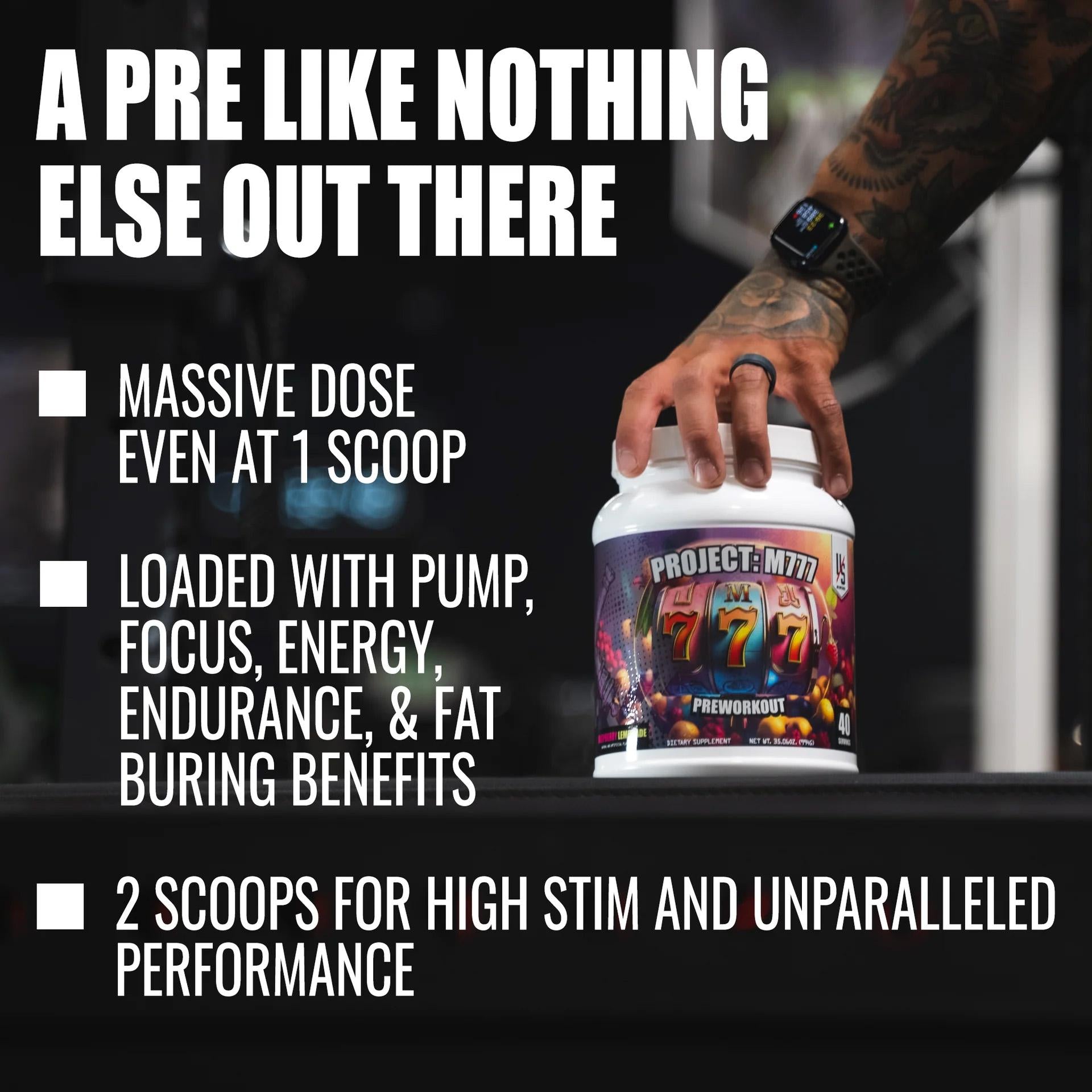
Pickup available at 11880 W. President Dr. Suite D
Usually ready in 24 hours

Project M777
Raspberry Lemonade
11880 W. President Dr. Suite D
11880 W President Dr
Suite D
Boise ID 83713
United States
PRODUCT DETAILS
20/40 servings depending on tolerance |
|
6 trademarked ingredients |
|
5 focus ingredients |
|
max limits of pump ingredients |
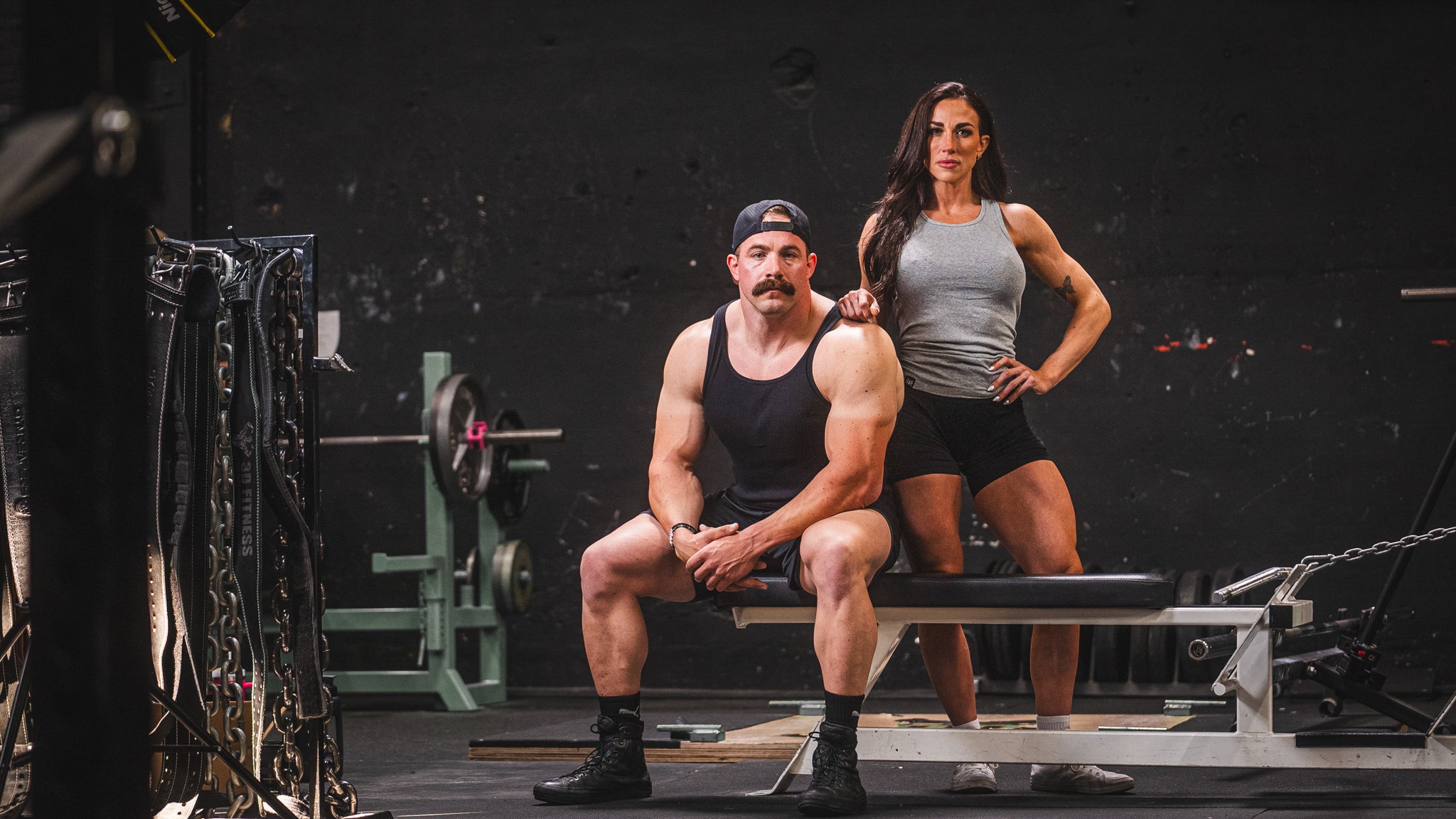
IS PROJECT M777 RIGHT FOR YOU?
Incorporating Resistance Bands into Weight Lifting
Fitness enthusiasts continually seek ways to maximize their workouts and achieve better results, they are turning to innovative ways to increase hypertrophy and maximize muscle growth. Today we are going to look at how you can add Resistance bands to get more out of your workout.
The Science of Resistance Bands
Resistance bands are flexible bands made of latex or rubber that provide resistance when stretched. Unlike traditional weights, which offer a constant level of resistance, resistance bands create variable resistance throughout the range of motion. The more you stretch the band, the greater the resistance becomes.
Impact on Weight Training:
-
Progressive Resistance: Traditional weight training relies on adding more weight to the barbell or dumbbells to increase resistance. Resistance bands offer a different approach. They allow for progressive resistance by intensifying the load as you stretch the band further, enabling you to challenge your muscles throughout the entire movement.
-
Enhanced Muscle Activation: Resistance bands stimulate muscle fibers differently than static weights. They provide continuous tension throughout the exercise, forcing your muscles to work harder to stabilize and control the movement. This enhanced muscle activation can lead to increased muscle hypertrophy and strength gains.
-
Improved Joint Health: Resistance bands offer a smoother and more joint-friendly resistance curve compared to heavy free weights. This can reduce the risk of joint stress and injury while still enabling you to perform challenging exercises that target specific muscle groups effectively.
-
Versatility: Resistance bands are incredibly versatile and can be used to augment various weight training exercises. Whether you're performing squats, bench presses, deadlifts, or bicep curls, resistance bands can be integrated seamlessly to add an extra layer of resistance.
Examples of Resistance Band Applications
Let's take a closer look at how resistance bands can impact some common weight training exercises:
-
Squats: When performing squats with resistance bands, the bands add resistance at the top of the movement, forcing your muscles to work harder during the extension phase. This can help improve quadriceps, hamstrings, and glute activation, contributing to stronger and more defined lower body muscles.
-
Bench Press: Incorporating resistance bands into the bench press introduces increased tension as you push the weight upward. This heightened resistance challenges your chest, shoulders, and triceps more effectively, promoting muscle growth and strength development.
-
Deadlifts: Resistance bands can be anchored to the floor or a barbell during deadlifts. As you lift the barbell, the bands offer additional resistance, particularly at the top of the lift, emphasizing your glutes, hamstrings, and lower back muscles.
-
Bicep Curls: For bicep curls, attach the resistance bands to a sturdy anchor point and hold them with your hands. As you curl the bands, they provide progressive resistance throughout the movement, targeting your biceps from start to finish.
Read more

How often do you incorporate Drop sets into your training? Did you know there are 2 different methods that can help you maximize muscle fatigue and stimulate muscle growth? Today we look at Mechan...

The Ultimate Guide to Collagen Powders: A Dietitian's Perspective In the world of health and wellness, collagen powders have become a hot topic, and for good reason. These powdered supplements cla...

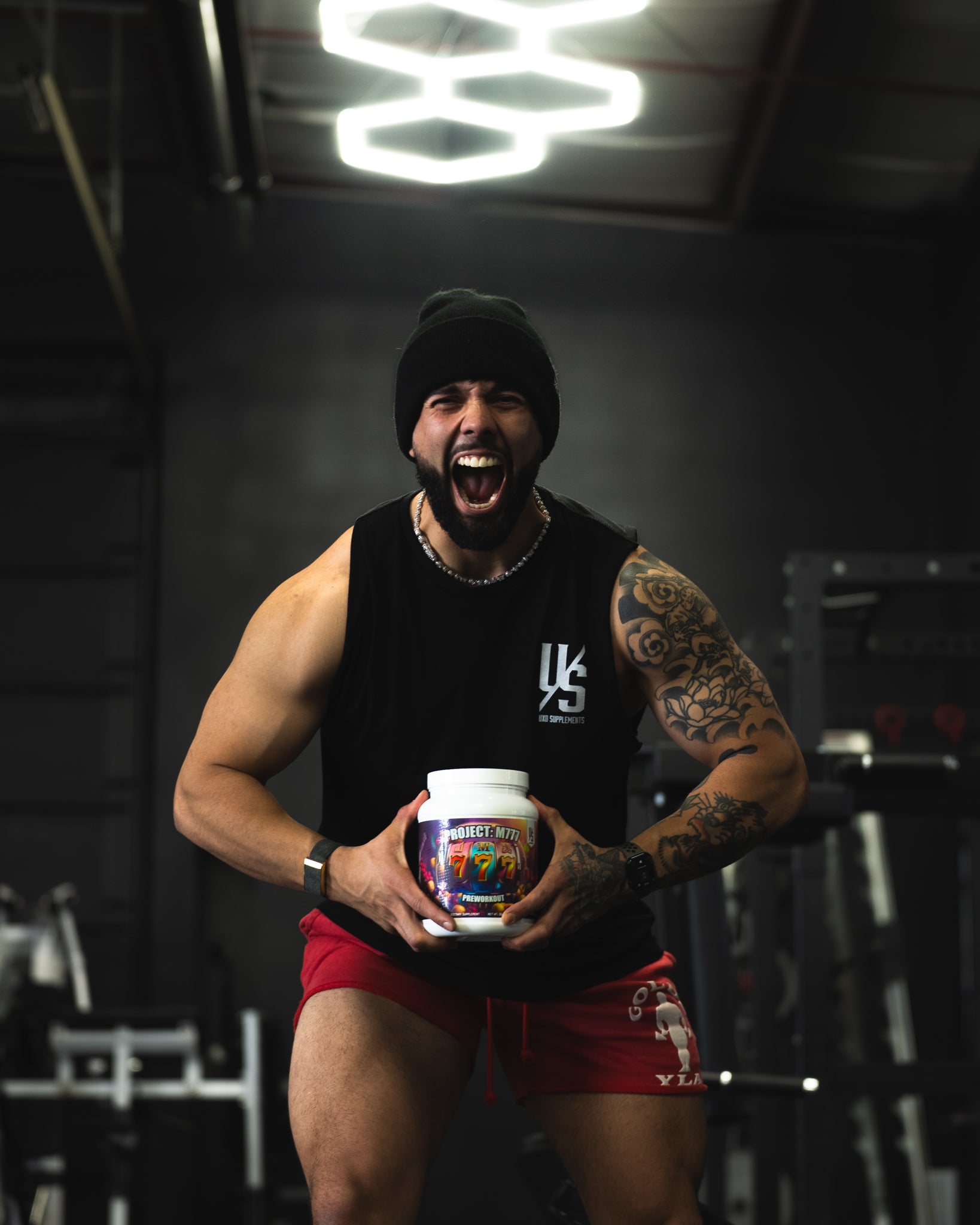




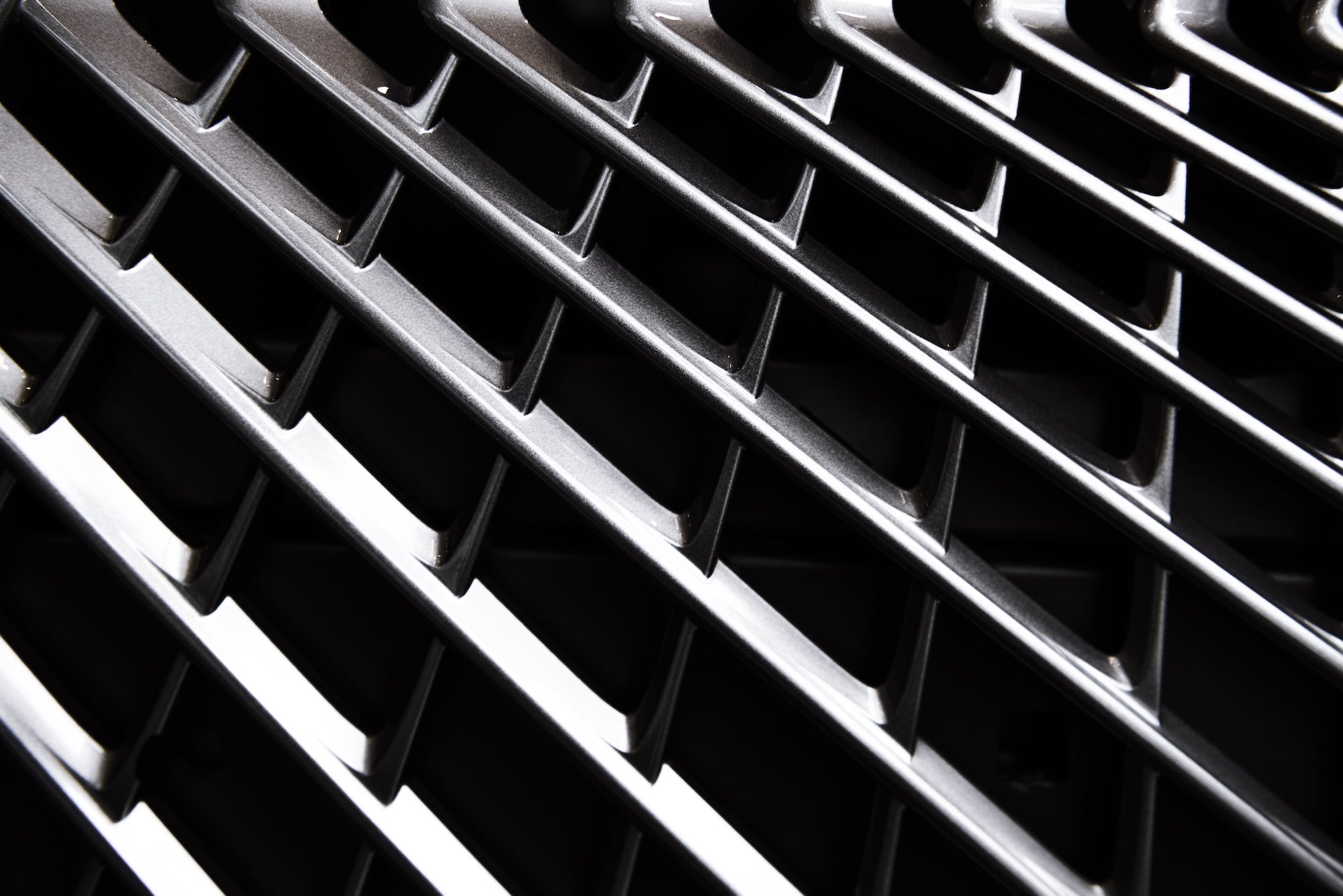
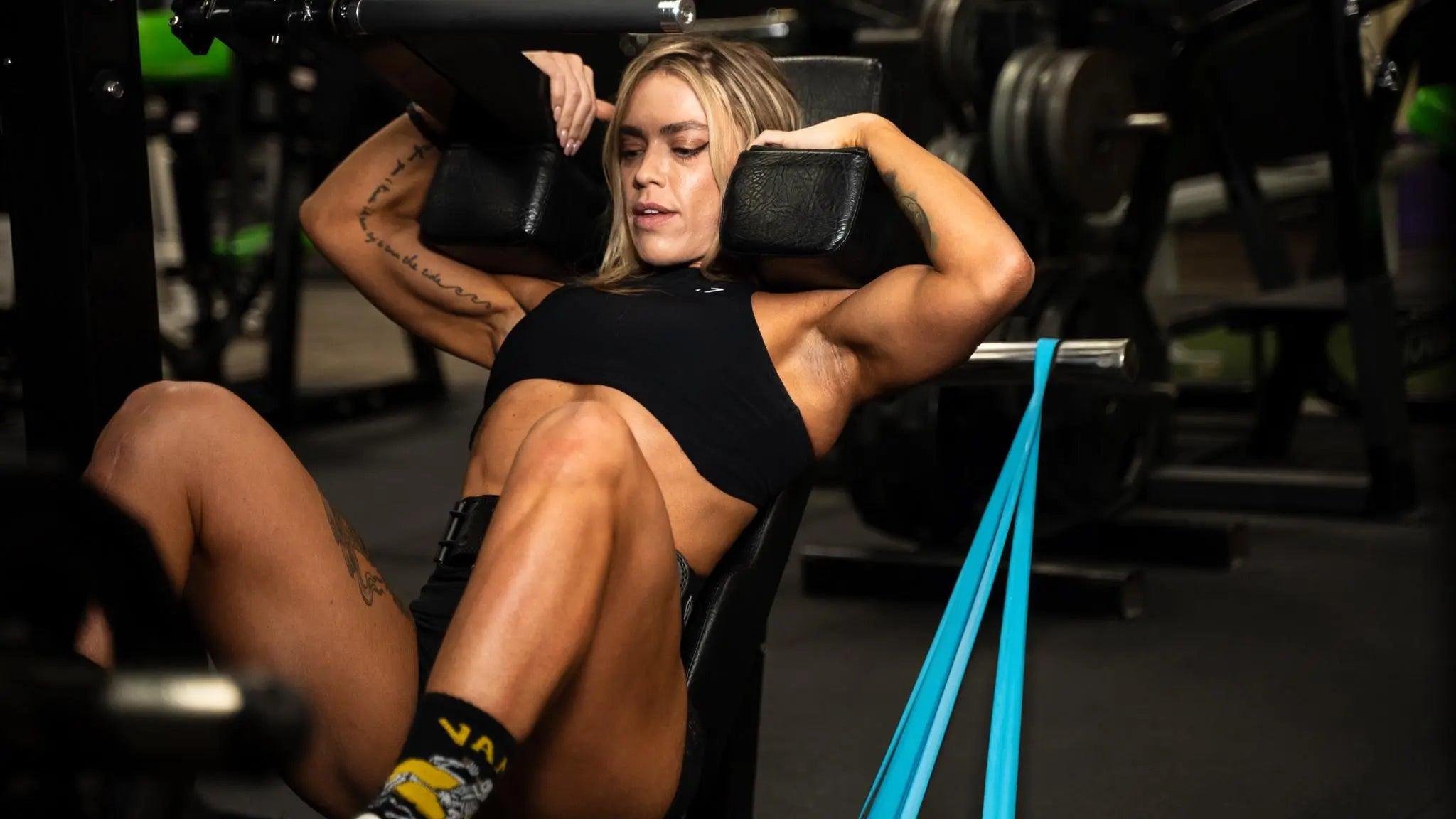

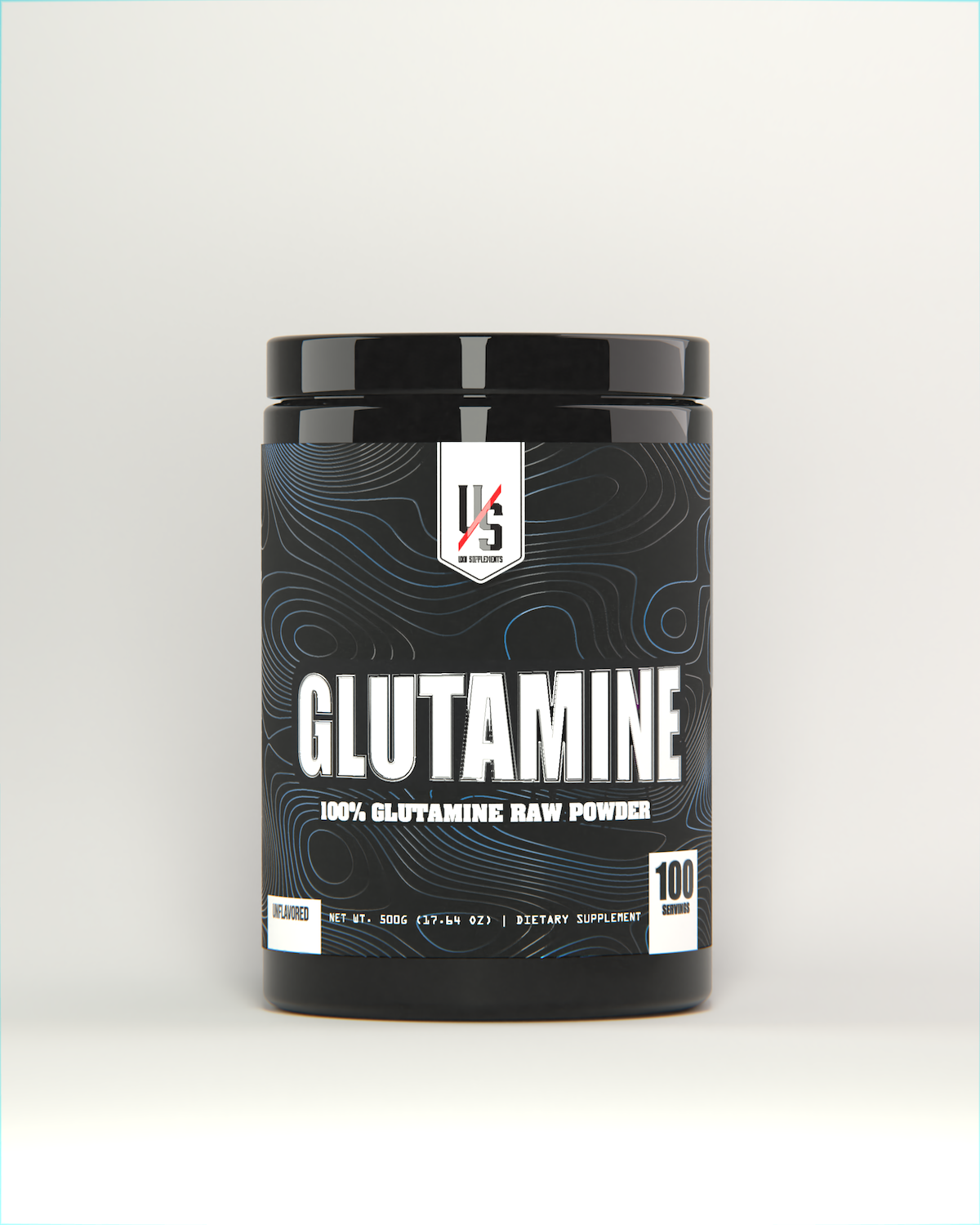
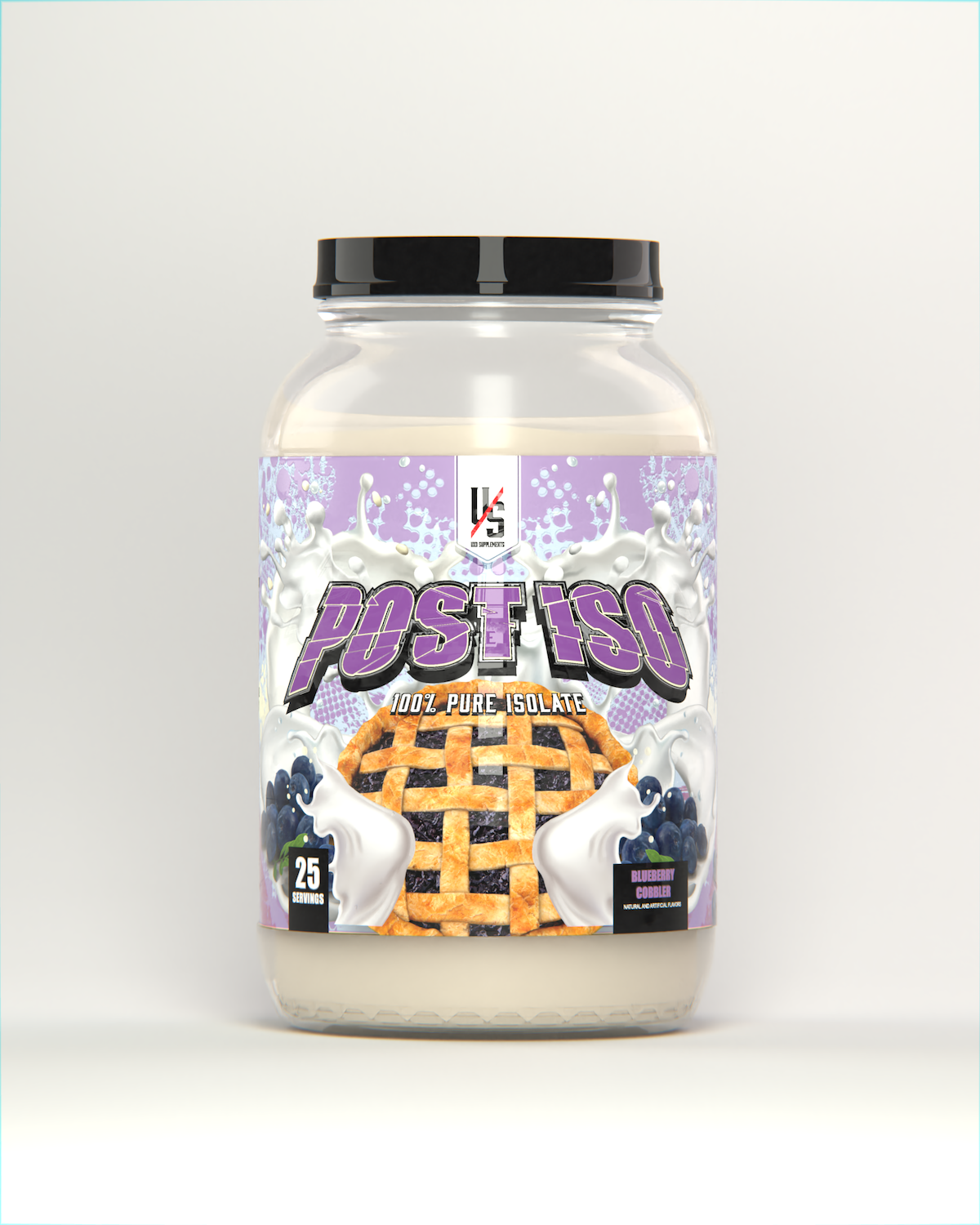

Leave a comment
All comments are moderated before being published.
This site is protected by hCaptcha and the hCaptcha Privacy Policy and Terms of Service apply.